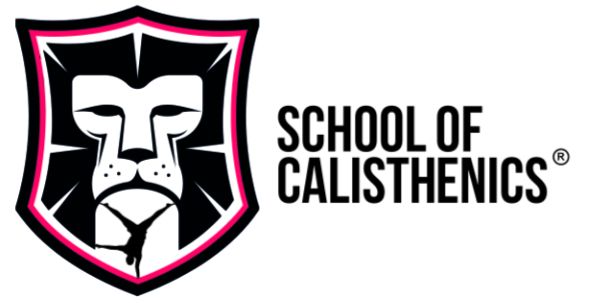Here are our 10 most important things we have learnt.
Apply these and see our calisthenics training flourish.
-
1. Earn the right to progress
-
5. look after your joints
-
9. hand balancing
-
2. Don't compare yourself
-
6. body alignment
-
10. have fun and enjoy the journey
-
3. Movement + strength combined
-
7. shoulder positioning in pulling
-
-
4. Your bodyweight is enough
-
8. shoulder positioning in pushing
We believe in exploring our physical potential, learning to move in new ways, developing superhuman strength and having fun along the journey.
We believe calisthenics and bodyweight training is an awesome way to achieve those things. At the start it can often be difficult to know how to get going, and where the best place to start is and how to do it. We’ve been on that journey ourselves as we started as beginners with no calisthenics or previous gymnastics experience. We know what it’s like to find it difficult at the beginning and are passionate about making this awesome form of training accessible to everyone… which includes YOU!
When you follow the right advice you can achieve amazing things, even ‘impossible’ things with your body.
We’ve all seen the likes of Frank Medrano on YouTube (if you haven’t – check him out!), been amazed, inspired and motivated to start calisthenics but the journey often stops at the first hurdle. How do I even start calisthenics? Is it just a case of doing more push ups, pull ups and planks? How will I ever get from a push up to handstands and even the frog to handstand?
These are questions we often get asked and even asked ourselves before the birth of the School of Calisthenics. If you’re asking those questions and want to get over that first hurdle of where to start calisthenics, then stick with us.
We’ve walked that path. We’ve made all the mistakes at the start of our calisthenics journey. The good news is that we’ve managed to redefine what’s impossible along the way! If you want to start, take a look at foundation calisthenics training programmes inside the Virtual Classroom, which includes video coaching tutorials, weekly programmes and advice to help you start calisthenics today.
We (Tim + Jacko) are professional strength and conditioning coaches having worked for over 10 years with some of the best Paralympic athletes in the world. Before calisthenics we specialised in Paralympic sport, which we believe gives us an advantage when trying to figure out what someone needs in order to do ‘impossible’ things in calisthenics.
We’ve worked closely with Paralympic champions who are continually redefining their impossible.
Traditional strength training often goes out of the window when training an athlete that may be missing multiple limbs, for example, and you have to really understand how the body works in order to get the training effect you desire as a coach.
So when we started our own calisthenics journey and wanted to be able to do the ‘impossible’ gravity defying things like Human Flags, Back Levers and Handstands we used our understanding of exercise science and experience as strength and conditioning coaches to apply strength training principles to calisthenics. Breaking down the movements we wanted to be able to achieve and then devising exercises and training programmes to create the desired adaption. Sometimes it’s strength, sometimes it’s skill, sometimes it’s movement and mobility… but we’ve got it all covered.
So what are the 10 most important things we have learned that you can go away and apply straight away… start calisthenics with us tomorrow… or even better TODAY!
At the start of your journey you’ll notice your rate of progression is huge and this can be very addictive. You’re exposing your body and brain to a very new training environment and stimulation and you’re learning new things. It can be very easy at this point to get excited and start trying to run before we can walk… which is a trap many of us fall into (including myself).
‘Earning the right to progress’ means we must build the foundation first, play the long game as this will not only reduce risk of injury but will ensure your progression continues long after the ‘introductory’ phase.
Remember the house built on solid foundations? Build a house that will last!
This is such and important point in calisthenics and something that translates into the bigger picture of life, if you get it right!
Everyone starts their Calisthenics journey at different points. Previous training history, age, past injuries etc all dictate you’re starting point. No one is the same as you, you are unique and your journey starts with you. Seeing others and how good they are or how they’ve progressed should be used as inspiration and motivation rather than a comparison.
It’s easier said than done. I’ve falling into this trap countless times and it can be very de-motivating and even upsetting. Remember you’re trying to be the best version of yourself and as long as you’re improving and being better than your were ‘yesterday’ then you’re moving forward, and that’s what matters!
Yes people who are great at calisthenics are strong and you may often feel that you’re just not strong enough. This may be the case but remember calisthenics is more than just strength.
Calisthenics comes from the Greek words ‘kalos’ and ‘sthenos’ means beauty and strength. Beauty requires movement, meaning good controlled range of motion at our joints. Ever see someone with tight hamstrings try and touch their toes? It’s not pretty is it! Or maybe you know how that feels?
Not only do we require good range of motion and therefore mobility and flexibility about our joints for Calisthenics, it’s actually essential for the strength aspect of Calisthenics. If you’re lacking range of motion at the shoulder and effected by poor posture then you’ll have trouble getting into some of the required position in calisthenics, particularly overhead positions like in Handstands and Human Flags for example.
The brain is clever. If the joint is restricted and a position feels very awkward, the brain won’t allow you to use all the strength of the muscles surrounding that joint. It’s worried you’ll injury yourself and the brain doesn’t want that. It likes to protect as an ingrained survival mechanism. So even if the muscles around the shoulder are very strong, if you’re inherently tight in overhead positions, for example, the brain won’t let you use that strength.
Therefore working on your mobility and range of motion will not only help you create nicer looking (more beautiful) shapes your brain will also allow you to use all of the strength you have rather than restricting your strength capacity in order to protect itself!
This is an area of huge frustration for us as Strength & Conditioning coaches and something that we get asked about all the time. You don’t need to lift weights to build muscle. Loading the muscular system with resistance via bodyweight or external weights can both force the body to adapt and eventually grow. Your body doesn’t care, or even know for that matter, where the resistance the muscles are experience is coming from. You can use metal weights, rubber weights, resistance bands, bodyweight exercises, lifting hey bales… it’s all the same to the body!
It’s like the old joke of ‘how much does a 10kg box of feathers weigh?’ So stop worrying that you can’t build muscle or get a good training session done without lifting weights. It will change your life! Using your own bodyweight as the resistance opens up so much more freedom for your training!
When you start developing your calisthenics you’ll want to move past the basics of push ups, pull ups and dips. As you start to advance you’ll be using variations of those basics that requires more joint ranges of motion and ultimately loading your connective tissue (tendons and ligaments etc) more than traditional weight training as you use more isometric (static) hold in Calisthenics. You’re connective tissue doesn’t get the same blood flow as your muscle do and therefore take longer to adapt to the training. It’s therefore important you look after your joints, especially the wrist, elbows and shoulders as its likely that you’ll be asking a little more of them than with your standard workout.
The video below explains how you can do this…
Body alignment is such an important aspect of calisthenics as we are no longer sitting in machines or lying supported on benches as you might have worked out traditionally. We have to support our own bodyweight at all times and this is one of the great benefits to calisthenics. Whether you like it or not your core has to be working in every exercise, when you focus on your body alignment.
Make sure you’re using your core correctly as the video below explains how to use the glutes and core together to control your body alignment in the standard plank position.
The shoulder is one of the most interesting joints in the body. It has the ability to have the greatest range of motion but as well as the advantages of exploring different movements this gives, it also comes at the cost of stability.
Having stable shoulders should be one of your main priorities when you start calisthenics and should be a huge focus of your foundation work at the beginning of your calisthenics journey.
The ‘active hang’ video below explains the importance of and how to ‘set’ the shoulders correctly, creating a stable base to be able to pull from when you start calisthenics.
Just as with pulling it’s important that in the opposing motion of pushing we are able to create a similar stable shoulder position. Watch the video below explaining and showing how to ‘set’ the shoulders for pushing when you start calisthenics.
When you start calisthenics it can be very exciting and one of the most fun and rewarding aspects can be hand balancing. Learning to balance on your hands when you start calisthenics is a great challenge but when you develop this new skill you’ll start to believe in our philosophy of ‘redefining your impossible!’
We suggest starting your hand balancing journey with frogstands… but where it ends up who knows? Elbow levers, handstands, tiger bends and much more awaits!
Watch the video below to help you master the frogstand and redefine your first impossible.
Training is supposed to be fun. If you’re no longer enjoying the way you train, find it boring and want to do something new because you know exercising is good for you and your health, then you’re not alone. In fact we felt exactly the same back in 2014.
You can make training fun and be free from the gym by using calisthenics. Exploring your physical potential through bodyweight training and working towards redefining your impossible is what we are passionate about. We want to help you get started on your journey. Remember it’s a journey. Don’t be in a rush to reach the end destination. Whatever your goals, we want to help you reach them. Just make sure you enjoy the process of getting there…!
If you’re just starting your calisthenics journey, we’d love to hear from you, see your progress and help you along the way. So please get in touch with us on your favourite social media channel (we’re active on Twitter, Instagram and Facebook) and we look forward to helping you redefine your impossible!
Class dismissed
Jacko


